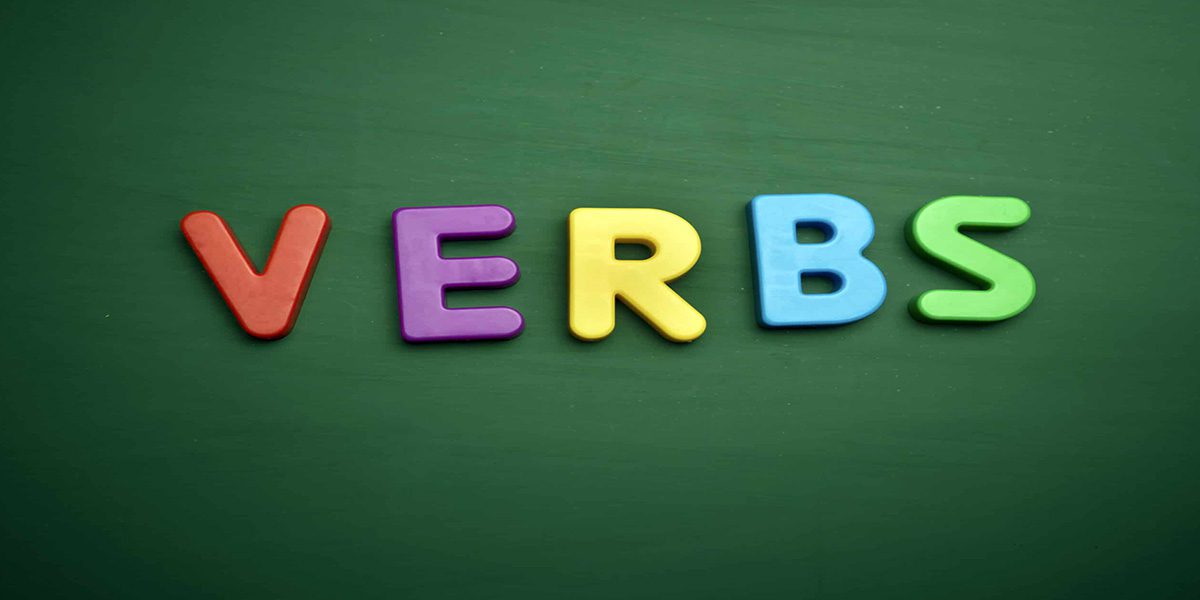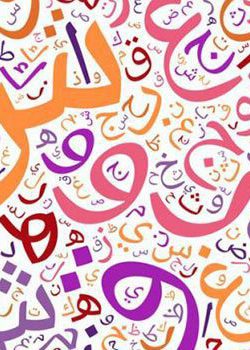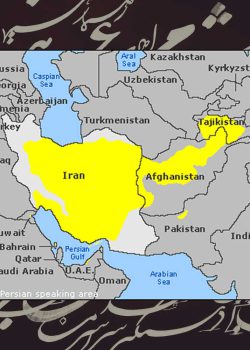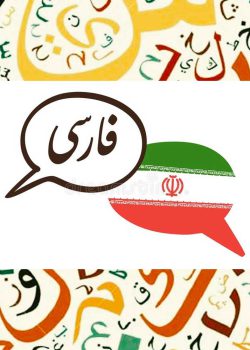Learning Persian verbs might be a bit confusing for you if you’re learning the language from the start. But do not worry. The following article will let you know the most important things you need to know about Persian verbs and then provide you with a list of the most common verbs that you just have to know to communicate well.
Learning verbs in Persian
Learning verbs is very important since they are used daily in various structures. One of the best techniques for learning a new language’s grammar is to familiarize yourself with the most common verbs used in everyday conversations. Knowing them will probably make it easier for you to understand the conversations more effectively and communicate better with others.
To help you achieve that, the following list, which includes 150 common verbs in Persian, has been prepared for you. Learn these verbs and their meanings. It would be an excellent exercise if you try to use them in sentences. Also, if you read on this article, you will learn about Persian verb tenses, stems, and conjugations. Without further ado, let’s get to work!
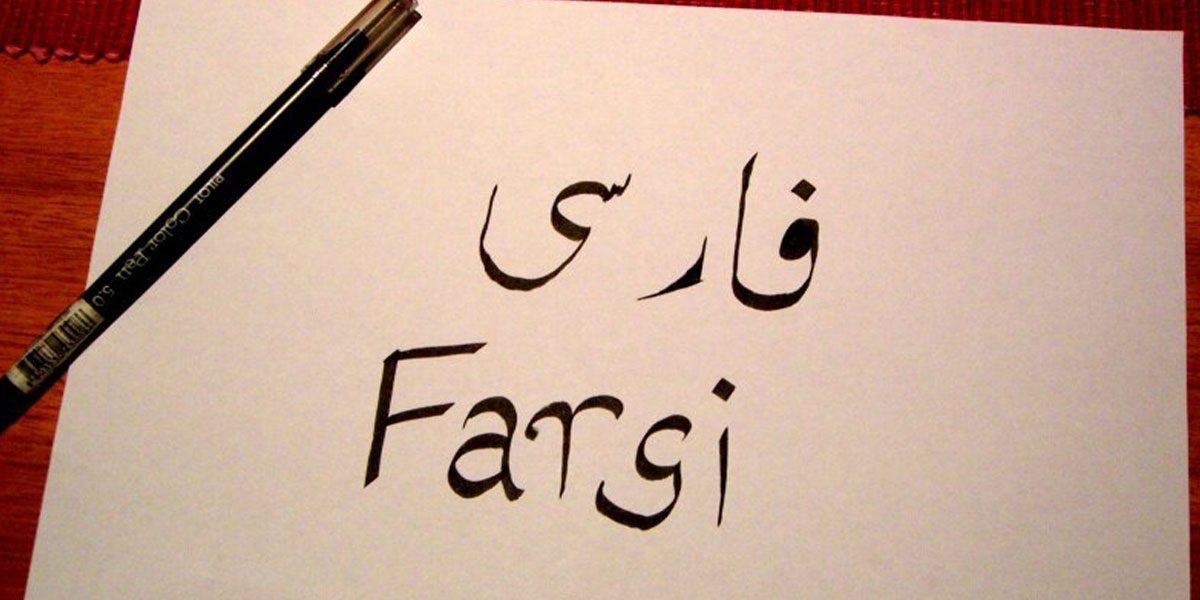
Persian verbs with stems
Persian verbs primarily consist of a stem and different suffixes that convey tense, mood, and agreement with the subject. Speaking of stems, there are two primary types:
1.Simple stems
- Past stem: The past stem is obtained by removing “ن” or “-an” from the infinitive form. To conjugate, you need to add the appropriate suffixes to the past stems.
| Infinitive | Past Stem | ||||
| Raftan | رفتن | To go | Raft | رفت | Went |
| Goftan | گفتن | To say | Goft | گفت | Said |
- Present stem: Because the relationship between the root and its stem existed in the old Persian has been lost, there is no general rule to obtain the present stem of a verb from its infinitive form. Hence, there are regular and irregular forms of verb conjugation. To conjugate, you need to add the appropriate prefixes and suffixes to the present stem.
| Infinitive | Present Stem | ||||
| Raftan | رفتن | To go | Rou | رو | Go |
| Neveshtan | نوشتن | To write | Nevis | نویس | Write |
2.Compound stems
- Causative stem: Not all verbs have a causative meaning because it only occurs when the verb has a causative meaning. It is made when you add “-an” to the present stem.
| Verb | Present Stem | Causative Stem | Causative Verb | |
| To wear | Pushidan
پوشیدن |
Push
پوش |
Pushan
پوشان |
Pushandan
پوشاندن |
| To boil | Jushidan
جوشیدن |
Jush
جوش |
Jushan
جوشان |
Jushandan
جوشاندن |
These verb stems are used in the process of verb conjugation.
Persian verb conjugation
As you know, verb conjugation is the process of changing the verb based on who is doing the action and when. In Persian, conjugating verbs follow regular patterns according to three factors: person, number, and tense. To start the process, you need the present or past stems of the verbs. Here’s how to conjugate simple verbs (Past Stem):
| 1st Person Singular | Raftam | رفتم | I went |
| 2nd Person Singular | Rafti | رفتی | You went |
| 3rd Person Singular | Raft | رفت | He went
She went It went |
| 1st Person Plural | Raftim | رفتیم | We went |
| 2nd Person Plural | Raftid | رفتید | You went |
| 3rd Person Plural | raftand | رفتند | They went |
Here’s how to conjugate compound verbs:
| 1st Person Singular | Kar kardam | کار کردم | I worked |
| 2nd Person Singular | Kar kardi | کار کردی | You worked |
| 3rd Person Singular | Kar Kard | کار کرد | He worked
She worked It worked |
| 1st Person Plural | Kar kardim | کار کردیم | We worked |
| 2nd Person Plural | Kar kardid | کار کردید | You worked |
| 3rd Person Plural | Kar kardand | کار کردند | They worked |
To make negative conjugation, all you need to do is to add “ن” or “-na” to the past stem. Like:
- I didn’t work
کار نکردم
Kar nakardam
- I didn’t go
نرفتم
Naraftam
What are the most common verbs in Persian
Here’s a list of the most common verbs:
| Persian (فارسی) | English | |
| 1 | باران آمدن | To rain |
| 2 | آب دادن | To water |
| 3 | آسیاب کردن | To grind |
| 4 | آمدن | To come |
| 5 | آواز خواندن | To sing |
| 6 | آوردن | To bring |
| 7 | آویزان کردن | To hang |
| 8 | ادامه دادن | To continue |
| 9 | استراحت کردن | To rest |
| 10 | اضافه کردن | To add |
| 11 | افتادن | To fall |
| 12 | انجام دادن | To do |
| 13 | انداختن | To throw |
| 14 | ایستادن | To stand |
| 15 | باختن | To lose |
| 16 | باز کردن | To open |
| 17 | بازی کردن | To play |
| 18 | بافتن | To weave |
| 19 | باور کردن | To believe |
| 20 | بخارپز کردن | To steam |
| 21 | بخشیدن | To forgive |
| 22 | برداشتن | To pick up |
| 23 | برگشتن | To return |
| 24 | بردن | To win |
| 25 | برف آمدن | To snow |
| 26 | بریدن | To cut |
| 27 | بستن | To close |
| 28 | بلعیدن | To swallow |
| 29 | بو کردن | To smell |
| 30 | بودن | To be |
| 31 | بوسیدن | To kiss |
| 32 | به دنیا آمدن | To be born |
| 33 | به دنیا آوردن | To give birth |
| 34 | پاسخ دادن | To Answer |
| 35 | پختن | To cook |
| 36 | پرداخت کردن | To pay |
| 37 | پرسیدن | To ask |
| 38 | پرواز کردن | To fly |
| 39 | پریدن | ُTo jump |
| 40 | پوست کندن | To peel |
| 41 | پوشیدن | To wear |
| 42 | پیچیدن | To turn |
| 43 | پیدا کردن | To find |
| 44 | تا کردن | To fold |
| 45 | تبدیل شدن/ تبدیل کردن | To change |
| 46 | ترساندن | To frighten |
| 47 | ترسیدن از | To be afraid of |
| 48 | ترک کردن | To leave |
| 49 | تصمیم گرفتن | To decide |
| 50 | تکه تکه کردن | To slice |
| 51 | تلفن زدن | To call |
| 52 | تماشا کردن | To watch |
| 53 | تمیز کردن | To clean |
| 54 | جوشاندن | To boil |
| 55 | جویدن | To chew |
| 56 | جیغ زدن | To scream |
| 57 | چرت زدن | To take a nap |
| 58 | چرخاندن | To twist |
| 59 | چسباندن | To paste |
| 60 | چشیدن | To taste |
| 61 | حرف زدن | To talk |
| 62 | حل کردن | To solve |
| 63 | خمام کردن | To take a bath |
| 64 | خراب کردن | To break |
| 65 | خرد کردن | To chop |
| 66 | خرید رفتن | To go shopping |
| 67 | خریدن | To buy |
| 68 | خم کردن | To bend |
| 69 | خواب دیدن | To dream |
| 70 | خوابیدن | To sleep |
| 71 | خواستن | ُTo want |
| 72 | خواندن/ آواز خواندن | To sing |
| 73 | خوردن | To eat |
| 74 | داد زدن | To shout |
| 75 | دادن | To give |
| 76 | داشتن | To have |
| 77 | دانستن | To know |
| 78 | در زدن | To knock |
| 79 | درس خواندن | To study |
| 80 | درست کردن | To fix |
| 81 | دروغ گفتن | To lie |
| 82 | دریافت کردن | To receive |
| 83 | دست زدن | To touch |
| 84 | دم کردن | To brew |
| 85 | دنبال کردن | To follow |
| 86 | دنبال گشتن | To search |
| 87 | دوختن | To sew |
| 88 | دوست داشتن | To love |
| 89 | دویدن | To run |
| 90 | دیدن | To see |
| 91 | رسیدن | To reach |
| 92 | رفتن | To go |
| 93 | رقصیدن | To dance |
| 94 | رنده کردن | To grate |
| 95 | ضربه زدن | To kick |
| 96 | زندگی کردن | To live |
| 97 | ساختن | To make |
| 98 | سوال کردن | To ask |
| 99 | سرخ کردن | To fry |
| 100 | سوختن | To burn |
| 101 | شدن | To become |
| 102 | شروع کردن | To start |
| 103 | شستن | To wash |
| 104 | شکستن | To break |
| 105 | شمردن | To count |
| 106 | شناختن | To know |
| 107 | شنیدن | To hear |
| 108 | صبر کردن | To wait |
| 109 | صحبت کردن | To talk |
| 110 | صدا زدن | To call |
| 111 | عاشق شدن | To fall in love |
| 112 | فراموش کردن | To forget |
| 113 | فرستادن | To send |
| 114 | فروختن | To sell |
| 115 | فکر کردن | To think |
| 116 | فهمیدن | To understand |
| 117 | پذیرفتن | To accept |
| 118 | قرض دادن | To lend |
| 119 | قرض گرفتن | To borrow |
| 120 | قورت دادن | To swallow |
| 121 | ظاهر شدن | To appear |
| 122 | کار کردن | To work |
| 123 | کاشتن | To plant |
| 124 | کشتن | To kill |
| 125 | کشیدن | To draw |
| 126 | کمک کردن | To help |
| 127 | کندن | To dig |
| 128 | گذاشتن | To put |
| 129 | گزارش دادن | To report |
| 130 | گرفتن | To take |
| 131 | گریه کردن | To cry |
| 132 | گوش دادن/ گوش کردن | To listen |
| 133 | لرزیدن | To shiver |
| 134 | ماندن | To stay |
| 135 | مخلوط کردن | To mix |
| 136 | مرتب کردن | To tidy |
| 137 | مردن | To die |
| 138 | نشان دادن | To show |
| 139 | نشستن | To sit |
| 140 | نگاه کردن | To look |
| 141 | نوشتن | To write |
| 142 | نوشیدن | To drink |
| 143 | هدیه دادن | To gift |
| 144 | همراهی کردن | To accompany |
| 145 | هل دادن | To push |
| 146 | یاد دادن | To teach |
| 147 | یاد گرفتن | To learn |
| 148 | یخ زدن | To freeze |
| 149 | ياد آوری کردن | To remind |
| 150 | به یاد آوردن | To remember |
How many verb tenses are there in Persian
Compare to English, there are fewer tenses in Persian. Here’s a short preview of all the verb tenses in Persian:
| Present Tense | General Present | Man minevisam |
من مینویسم |
I write |
| Present Progressive | Man daram minevism |
من دارم مینویسم |
I am writing | |
| Past Tense | Past Simple | Man neveshtam |
من نوشتم |
I wrote |
| Imperfect Past | Man Mineveshtam |
من مینوشتم |
I used to write
I would write |
|
| Past Progressive | Man Dashtam Mineveshtam |
من داشتم مینوشتم |
I was writing | |
| Pluperfect | Man neveshte budam |
من نوشته بودم |
I had written
I would have written |
|
| Perfect Tense | Perfect Simple | Man neveshteam |
من نوشتهام |
I have written |
| Perfect Continuos | Man mineveshteam |
من مینوشتهام |
I have been writing | |
| Perfect Progressive (Mostly for 3rd person in colloquial language) | U dashte mineveshte |
او داشته مینوشته |
He was writing
She was writing |
|
| Perfect Pluperfect |
Man neveshte budam |
من نوشته بودم |
I have been writing | |
| Future Tense |
Khaham nevesht |
خواهم نوشت |
I will write | |
Improving communication skills with Persian verbs
In a nutshell if you want to master the Persian language, it is crucial to understand the importance of verb stems and conjugation. You can navigate through Persian grammar with greater ease and fluency by grasping the fundamentals of verb stems and their variations. Furthermore, the knowledge of verb conjugation enables you to express yourself more accurately in different tenses, moods, and aspects. As you embark on the journey to master the Persian language, you will need more resources, including textbooks, online courses, and language exchange opportunities. With ProFarsi you can have it all and more!
Read More:
Related Posts

